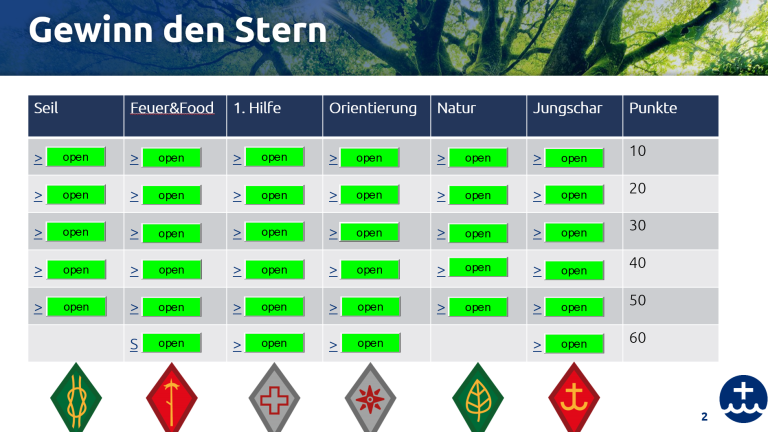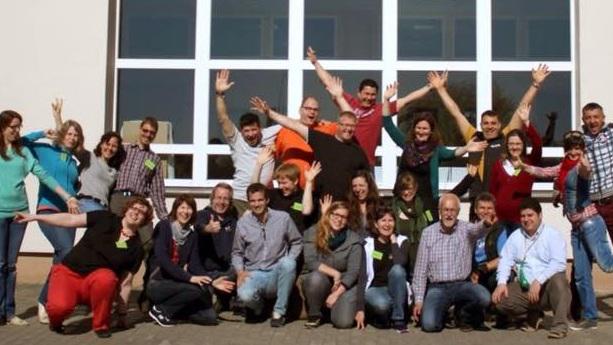Playground Structures
In this article, we introduce some play spaces that bring stimulation and challenge to children.
The "Play on Saturday" model shows how ongoing work with children, the emergence of a playground, and a plethora of play activities interact.
Playground types
Common playgrounds
- Behavior becomes routinized to motor activities only
- Adaptation to existing structures is reinforced, no changing of the environment and its conditions possible
- Moving is encouraged, but so is aggressive behavior due to pure "post-run competitive games" and the unchanging structures
- Boredom arises and remains
Active playgrounds
a) supervised: many good playgrounds are supervised, as a lot of material and tools are needed. The animator is an important stimulator in these cases.
b) Unsupervised: the more fixed the play equipment and the less material, the more the children play "on their own", but certain experiences are not made possible.
the animator at the playground encourages, guides and supports
Depending on how changeable or fixed, stimulating or sterile the structure of the Robinson playground is, play in the sense described above will be possible.
Some Robinson playgrounds are strongly oriented towards the "Wild West" with log cabins, forts, and tents, and therefore automatically encourage children to engage in combative and "killing" play. They encourage
- Cliché ideas and Indian romance and have nothing to do with animation in our sense. Other Robinson playgrounds are not so formative in the first place, some are supervised, and the play experiences of Robinson playgrounds are mostly along the lines of:
- Movement ball games - scenic - hide and seek - barbecue ... Sometimes also works with clay, paint and wood
- The focus of play is in craft activities, allows versatile play experiences.
- Disadvantage of this type of playground is often the tremendous amount of materials and tools wasted. Also, they are sometimes the target of destructiveness of others and involved children. The reason may lie in the lack of such playgrounds and these thereby serve as open space.
- If there were many such places - the whole residential environment would be more flexible and designable - vandalism would not be necessary.
- The experience of "adventurous play situations", e.g. discovering new things, is at the forefront of the play experience.
- Here the changeability of the environment is practically tested, here there is hardly any prefabricated play equipment, everything is designed by the children themselves. Playground in the sense of a delimited space is hardly visible, nature is the best playground.
Adventure playgrounds can somewhat offset the permanent mistreatment by urban architecture.
In the countryside, playgrounds should be superfluous in the first place
The more child-friendly the residential environment, the more superfluous a playground
- Problems and opportunities in establishing a playground:
- Motivating enough adult staff
- Official pathways for land, dedication, etc.
- Money - and material procurement
Co-planning and involving the children
The same points, however, are the OPPORTUNITIES to establish contact and communication in one's own environment, to raise awareness of problems, to have common goals and to achieve them = EXPERIENCE OF SUCCESS.
The more fixed and sterile the housing situation = the more aggression it will produce
- A hozzászóláshoz regisztráció és bejelentkezés szükséges
A tartalom automatikusan lefordítható. Segítsen a fordítás minőségének javításában a szerkesztésével!



